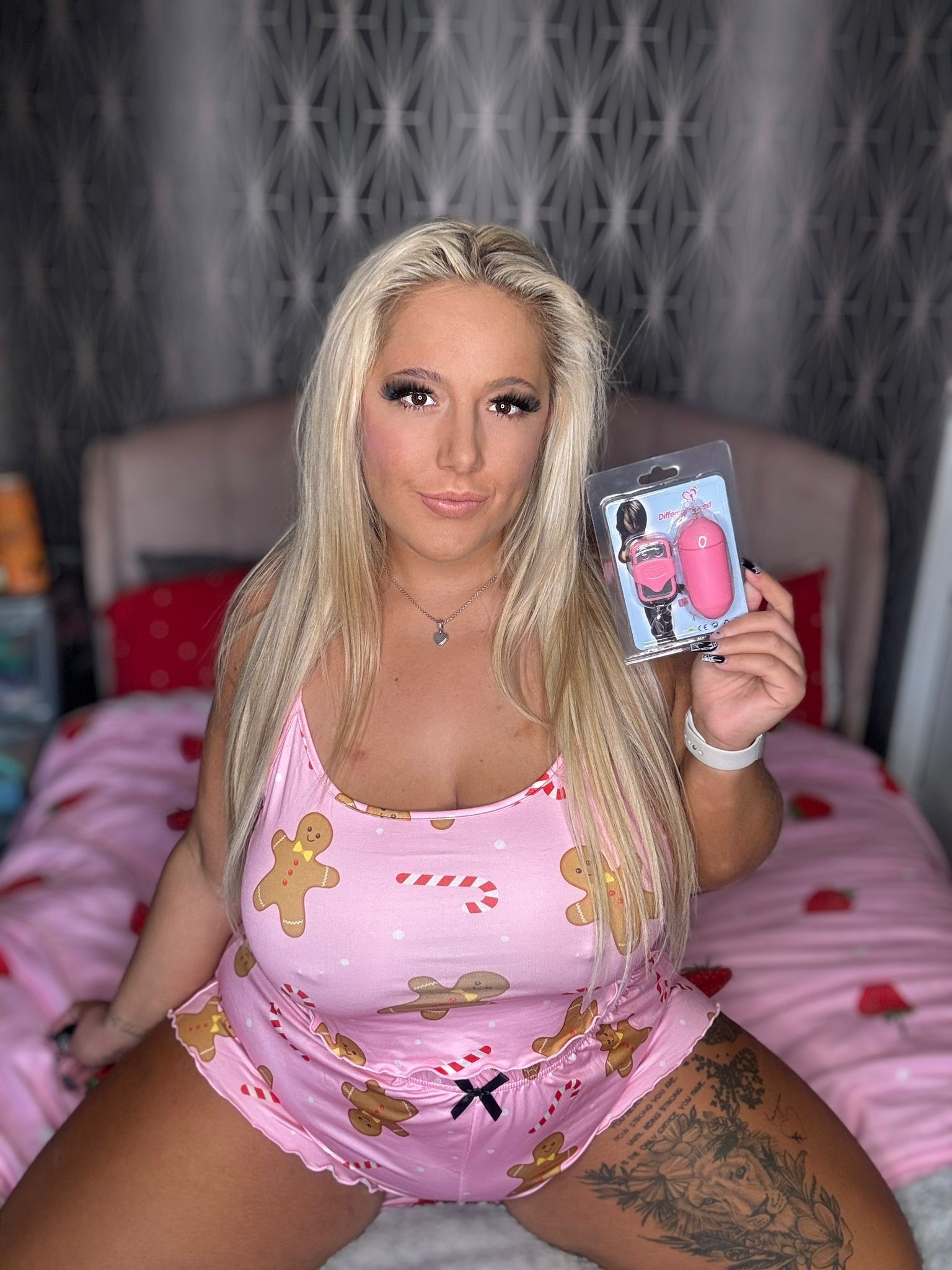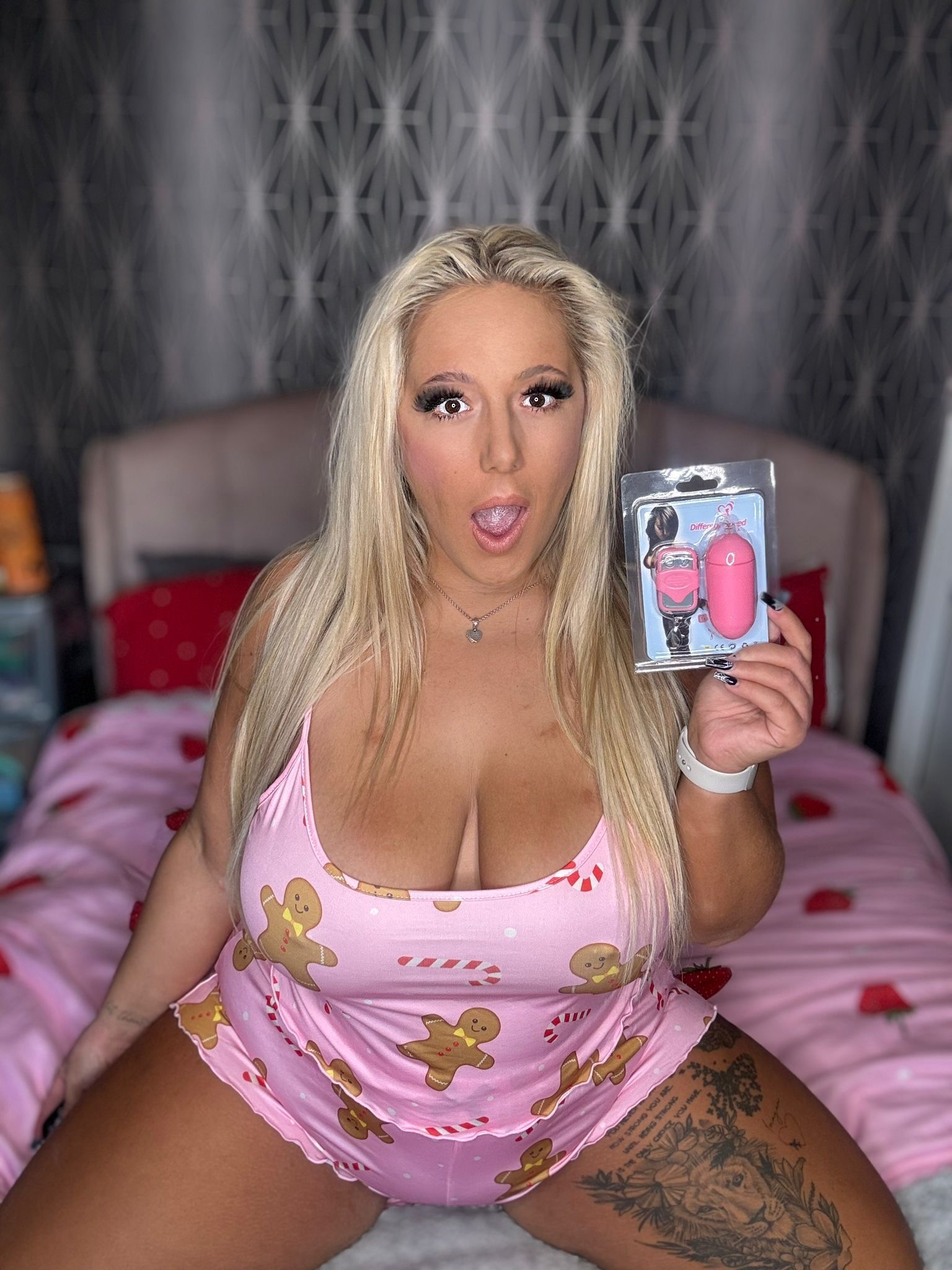Understanding Demigender Identities
Demigender identities represent a fascinating facet of gender expression, offering a space for individuals to explore and define their own unique experiences beyond traditional binary categories. Demigender encompasses a spectrum of identities where an individual partially identifies with one gender while also feeling a disconnect from it, often coupled with a connection to another gender or a sense of being agender. Understanding demigender identities requires embracing the fluidity of being and recognizing that gender is not always fixed or absolute.

Defining Demigender
Demigender individuals experience their gender identity as partially aligning with one gender while also feeling a disconnect from it. This can mean identifying as, for example, partially male but not fully, or partially female but not entirely. The remaining aspect of their gender identity may align with another gender, be agender, or exist somewhere else along the gender spectrum.
It’s important to remember that demigender identities are deeply personal and can vary significantly from person to person. Some demigender individuals might experience fluctuations in their feelings towards different genders over time, while others might have a more stable sense of their identity. The key is recognizing that demigender experiences are valid and deserve respect and understanding.
Subtypes of Demigender Identity
Demigender identities encompass a wide spectrum, with various subtypes reflecting the nuances of individual experiences. Some common subtypes include demiboy, which refers to an individual who partially identifies as male, demi girl, where individuals partially identify as female, and demifluid, describing those whose gender identity fluctuates between genders or leans towards multiple genders.
Other subtypes like demigender agender acknowledge a partial connection to a specific gender while primarily identifying as agender. These diverse subtypes highlight the richness and complexity of demigender identities, demonstrating that there is no single way to experience this aspect of self-expression.
Experiences and Expressions of Demigender Individuals
Demigender identities offer a compelling exploration of gender expression, existing beyond the confines of traditional binaries. These identities encompass individuals who partially identify with one gender while simultaneously feeling a disconnect from it, often accompanied by a connection to another gender or an agender experience. Demigender individuals navigate a fluid and dynamic sense of self, challenging fixed notions of gender and embracing the multifaceted nature of human identity.
Gender Fluidity
Demigender identities represent a fascinating facet of gender expression, offering a space for individuals to explore and define their own unique experiences beyond traditional binary categories. Demigender encompasses a spectrum of identities where an individual partially identifies with one gender while also feeling a disconnect from it, often coupled with a connection to another gender or a sense of being agender. Understanding demigender identities requires embracing the fluidity of being and recognizing that gender is not always fixed or absolute.
Demigender individuals experience their gender identity as partially aligning with one gender while also feeling a disconnect from it. This can mean identifying as, for example, partially male but not fully, or partially female but not entirely. The remaining aspect of their gender identity may align with another gender, be agender, or exist somewhere else along the gender spectrum.
It’s important to remember that demigender identities are deeply personal and can vary significantly from person to person. Some demigender individuals might experience fluctuations in their feelings towards different genders over time, while others might have a more stable sense of their identity. The key is recognizing that demigender experiences are valid and deserve respect and understanding.
Demigender identities encompass a wide spectrum, with various subtypes reflecting the nuances of individual experiences. Some common subtypes include demiboy, which refers to an individual who partially identifies as male, demi girl, where individuals partially identify as female, and demifluid, describing those whose gender identity fluctuates between genders or leans towards multiple genders.
Other subtypes like demigender agender acknowledge a partial connection to a specific gender while primarily identifying as agender. These diverse subtypes highlight the richness and complexity of demigender identities, demonstrating that there is no single way to experience this aspect of self-expression.

Demigender identities offer a compelling exploration of gender expression, existing beyond the confines of traditional binaries. These identities encompass individuals who partially identify with one gender while simultaneously feeling a disconnect from it, often accompanied by a connection to another gender or an agender experience. Demigender individuals navigate a fluid and dynamic sense of self, challenging fixed notions of gender and embracing the multifaceted nature of human identity.
Expressions of Gender Identity
Demigender identities represent a fascinating facet of gender expression, offering a space for individuals to explore and define their own unique experiences beyond traditional binary categories. Demigender encompasses a spectrum of identities where an individual partially identifies with one gender while also feeling a disconnect from it, often coupled with a connection to another gender or a sense of being agender. Understanding demigender identities requires embracing the fluidity of being and recognizing that gender is not always fixed or absolute.
Demigender individuals experience their gender identity as partially aligning with one gender while also feeling a disconnect from it. This can mean identifying as, for example, partially male but not fully, or partially female but not entirely. The remaining aspect of their gender identity may align with another gender, be agender, or exist somewhere else along the gender spectrum.
It’s important to remember that demigender identities are deeply personal and can vary significantly from person to person. Some demigender individuals might experience fluctuations in their feelings towards different genders over time, while others might have a more stable sense of their identity. The key is recognizing that demigender experiences are valid and deserve respect and understanding.
Demigender identities encompass a wide spectrum, with various subtypes reflecting the nuances of individual experiences. Some common subtypes include demiboy, which refers to an individual who partially identifies as male, demi girl, where individuals partially identify as female, and demifluid, describing those whose gender identity fluctuates between genders or leans towards multiple genders.
Other subtypes like demigender agender acknowledge a partial connection to a specific gender while primarily identifying as agender. These diverse subtypes highlight the richness and complexity of demigender identities, demonstrating that there is no single way to experience this aspect of self-expression.
Social Impact and Recognition
Demigender identities offer a compelling exploration of gender expression, existing beyond the confines of traditional binaries. These identities encompass individuals who partially identify with one gender while simultaneously feeling a disconnect from it, often accompanied by a connection to another gender or an agender experience. Demigender individuals navigate a fluid and dynamic sense of self, challenging fixed notions of gender and embracing the multifaceted nature of human identity.
Challenges Faced by Demigender Individuals
Demigender individuals often face challenges in being recognized and understood due to the complexity and fluidity of their identities. Societal norms and expectations frequently center around rigid binary categories of male and female, making it difficult for demigender people to find representation and acceptance.
One significant challenge is encountering misconceptions and lack of knowledge about demigender identities. Many people may not be familiar with the concept, leading to misunderstandings, assumptions, and misgendering. This can result in feelings of isolation, invalidation, and emotional distress for demigender individuals.
Another hurdle is navigating spaces that prioritize binary gender expressions. Social settings, forms, and even medical systems often lack options beyond male and female, forcing demigender people to choose an option that doesn’t accurately reflect their identity or be excluded altogether.
Moreover, demigender individuals may experience internal conflict as they reconcile their partial identification with one gender and the disconnect from it. This can lead to feelings of ambiguity, uncertainty, and a sense of not belonging fully to any particular gender category.
The lack of visibility for demigender identities in media, popular culture, and public discourse further contributes to their challenges. Without representation and positive portrayals, demigender individuals may struggle to feel seen, heard, and affirmed.
Overcoming these challenges requires raising awareness, fostering understanding, and promoting inclusivity. It’s crucial to educate ourselves about demigender identities, use respectful language, and create spaces where all gender expressions are welcomed and celebrated.
Advocacy and Support Networks
Demigender individuals often face challenges in being recognized and understood due to the complexity and fluidity of their identities. Societal norms and expectations frequently center around rigid binary categories of male and female, making it difficult for demigender people to find representation and acceptance.
One significant challenge is encountering misconceptions and lack of knowledge about demigender identities. Many people may not be familiar with the concept, leading to misunderstandings, assumptions, and misgendering. This can result in feelings of isolation, invalidation, and emotional distress for demigender individuals. Another hurdle is navigating spaces that prioritize binary gender expressions. Social settings, forms, and even medical systems often lack options beyond male and female, forcing demigender people to choose an option that doesn’t accurately reflect their identity or be excluded altogether.
Moreover, demigender individuals may experience internal conflict as they reconcile their partial identification with one gender and the disconnect from it. This can lead to feelings of ambiguity, uncertainty, and a sense of not belonging fully to any particular gender category. The lack of visibility for demigender identities in media, popular culture, and public discourse further contributes to their challenges. Without representation and positive portrayals, demigender individuals may struggle to feel seen, heard, and affirmed.
Overcoming these challenges requires raising awareness, fostering understanding, and promoting inclusivity. It’s crucial to educate ourselves about demigender identities, use respectful language, and create spaces where all gender expressions are welcomed and celebrated. Building supportive communities and advocacy networks can also provide invaluable resources and a sense of belonging for demigender individuals.
The Future of Demigender Understanding
The future of demigender understanding holds immense potential for greater inclusivity and acceptance. As awareness grows and conversations become more open, we can expect to see a deeper appreciation for the nuances of gender identity. This will involve recognizing that gender is not always binary and embracing the fluidity with which individuals may experience it.
Evolving Definitions and Language
The future of demigender understanding holds immense potential for greater inclusivity and acceptance. As awareness grows and conversations become more open, we can expect to see a deeper appreciation for the nuances of gender identity. This will involve recognizing that gender is not always binary and embracing the fluidity with which individuals may experience it.
Language surrounding demigender identities will likely evolve as individuals continue to explore and define their experiences. New terms and concepts may emerge, reflecting the ever-expanding spectrum of gender expression. It’s essential to approach these developments with an open mind and a willingness to learn, ensuring that language remains respectful and inclusive.
Increased visibility for demigender individuals in media, popular culture, and public discourse will be crucial in fostering understanding and challenging societal norms. Seeing diverse representations of demigender experiences can help normalize these identities and create a more inclusive world for everyone.
Furthermore, the integration of gender-affirming care practices that are sensitive to the needs of demigender individuals will become increasingly important. This includes providing access to healthcare professionals who are knowledgeable about demigender identities and offering support services tailored to their unique experiences.
Increased Visibility and Acceptance
The future of demigender understanding holds immense potential for greater inclusivity and acceptance. As awareness grows and conversations become more open, we can expect to see a deeper appreciation for the nuances of gender identity. This will involve recognizing that gender is not always binary and embracing the fluidity with which individuals may experience it.

Language surrounding demigender identities will likely evolve as individuals continue to explore and define their experiences. New terms and concepts may emerge, reflecting the ever-expanding spectrum of gender expression. It’s essential to approach these developments with an open mind and a willingness to learn, ensuring that language remains respectful and inclusive.
Increased visibility for demigender individuals in media, popular culture, and public discourse will be crucial in fostering understanding and challenging societal norms. Seeing diverse representations of demigender experiences can help normalize these identities and create a more inclusive world for everyone.
Furthermore, the integration of gender-affirming care practices that are sensitive to the needs of demigender individuals will become increasingly important. This includes providing access to healthcare professionals who are knowledgeable about demigender identities and offering support services tailored to their unique experiences.
sit on the throne sex position
See the article and get more
See the complete idea explained
- Profhilo Treatment Near Burstow, Surrey - November 2, 2025
- Polynucleotides Injectables Near Peaslake, Surrey - October 31, 2025
- Polynucleotides Injectables Near Cheam, Surrey - October 28, 2025
